Have you ever struggled to track when individuals or resources are available for specific tasks, activities, or meetings? If so, an availability schedule may be just what you need to streamline and optimize your resource allocation. By clearly defining when people or resources are available, you can ensure that tasks are completed efficiently and meetings are scheduled at convenient times.
This guide will explore the what, why, and how of availability schedules, along with some examples and tips for successful implementation.
What is an Availability Schedule?
An availability schedule is a tool that helps you keep track of when individuals or resources are available for specific tasks, activities, or meetings. It typically consists of a calendar or grid format that allows you to mark off times when people or resources are busy or unavailable.
By using an availability schedule, you can easily see when individuals are free to take on additional tasks or when resources can be allocated for specific projects.
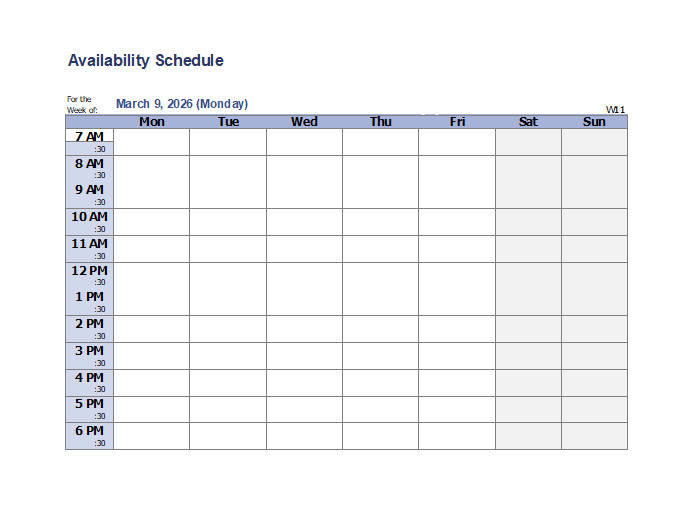
Why Use an Availability Schedule?
There are several benefits to using an availability schedule.
First and foremost, it can help you optimize your resource allocation by ensuring that tasks are assigned to individuals or resources that are available to complete them. This can help prevent bottlenecks and delays in project timelines.
Additionally, an availability schedule can help you streamline your scheduling process by providing a visual representation of when individuals are free for meetings or other activities.
How to Create an Availability Schedule
Creating an availability schedule is easy and can be done using a variety of tools, such as Microsoft Excel or Google Sheets. Here are some steps to help you get started:
- Identify the individuals or resources you need to track availability for. Make a list of all the people or resources that you need to keep track of.
- Choose a calendar or grid format. Decide on the format you want to use for your availability schedule, whether it’s a weekly calendar or a grid with time slots.
- Mark off availability. Use different colors or symbols to indicate when individuals or resources are available or busy.
- Print or share electronically. Once you have created your availability schedule, you can print it out or share it electronically with your team.
Examples of Availability Schedules
Here are a few examples of how an availability schedule can be used:
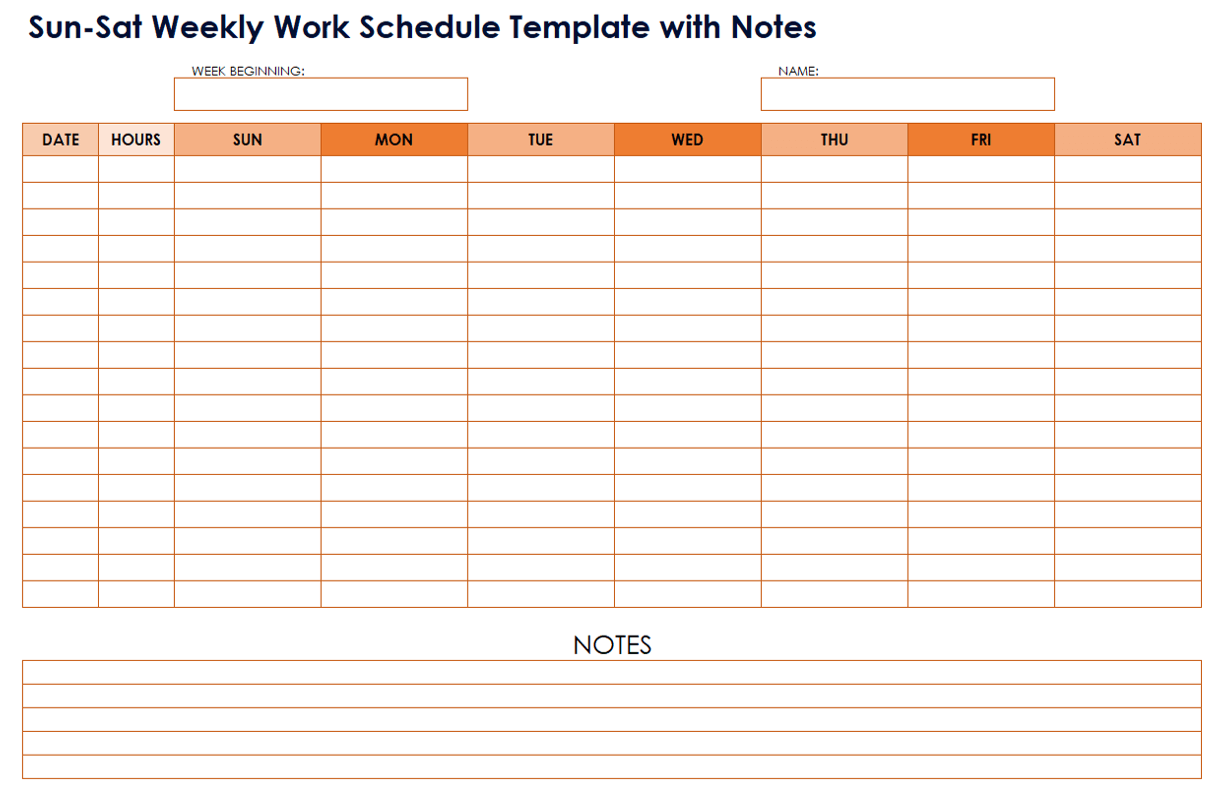
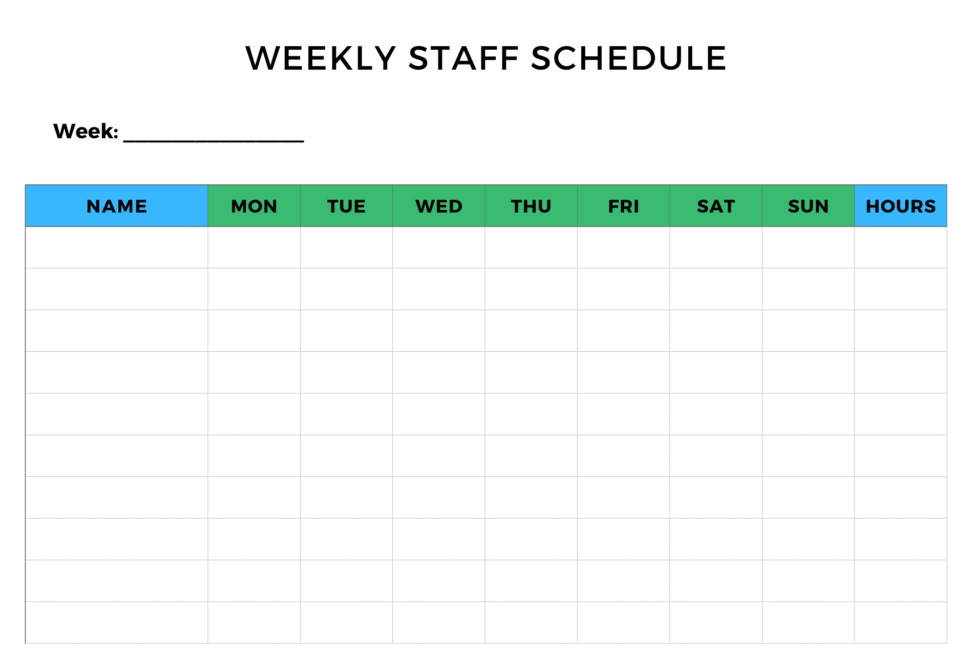
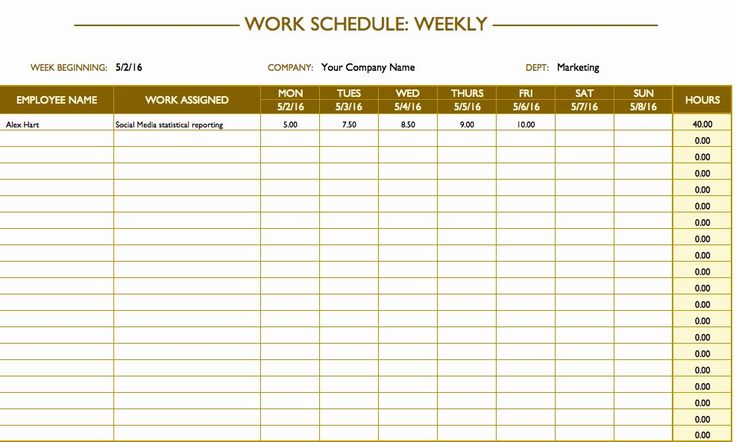
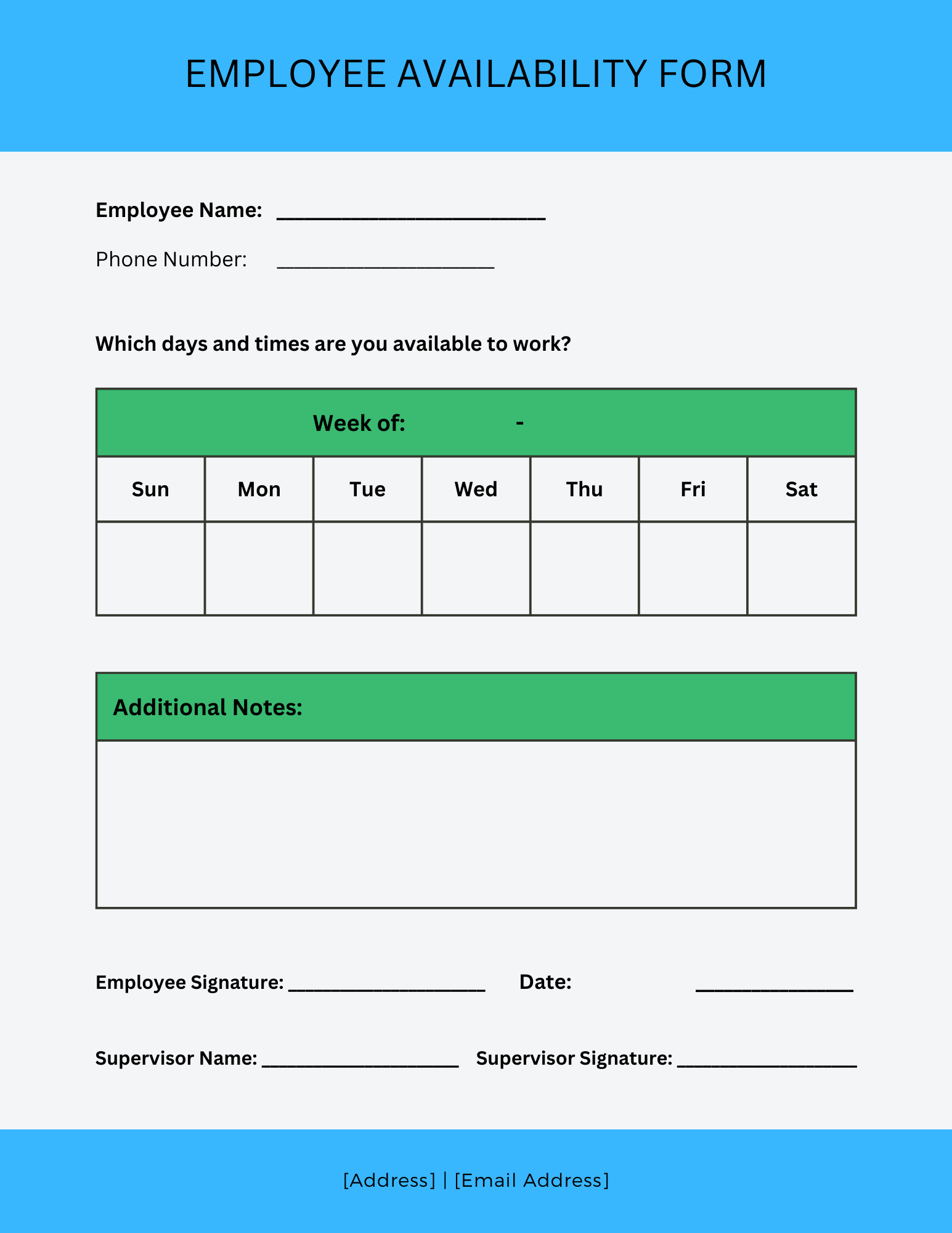
Tips for Successful Implementation
Here are some tips to help you successfully implement an availability schedule:
- Update regularly: Make sure to update the schedule regularly to reflect any changes in availability.
- Communicate with your team: Keep your team informed about the availability schedule and encourage them to update it as needed.
- Use color coding: Consider using different colors to differentiate between availability, busy times, and deadlines.
- Integrate with other tools: Sync your availability schedule with other tools, such as project management software, to streamline your workflow.
In Conclusion
An availability schedule can be a valuable tool for streamlining and optimizing resource allocation in your organization. By clearly defining when individuals or resources are available for specific tasks, activities, or meetings, you can ensure that projects are completed efficiently and meetings are scheduled at convenient times. With the right approach and some creativity, you can use an availability schedule to improve productivity and collaboration within your team.
Availability Schedule Template – Download